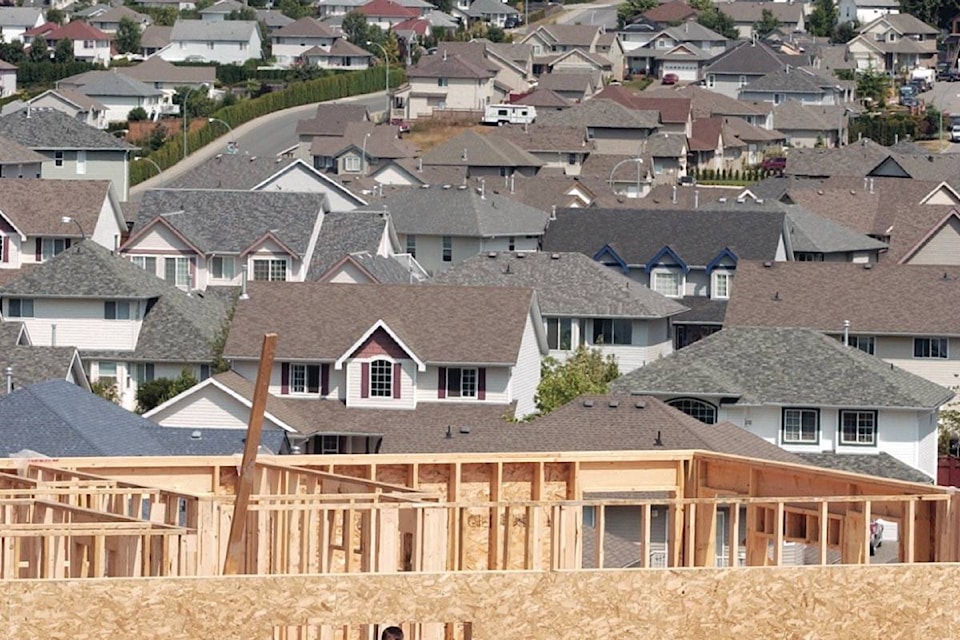New property values will be released in early January from BC Assessment, but thousands of homeowners have already been told their home has gone up in value.
Approximately 67,000 notices have been sent out to homes with an above-average increase in their 2018 assessment. These letters work as an early-warning sign to homeowners so they’re not completely shocked when the information becomes readily available online Jan. 2.
Last year the independent Crown corporation sent out 82,000 letters, which was more than double the amount in 2016 (37,000 letters) and triple that of 2015 (24,000).
Each year BC Assessment grades the value of homes throughout the province and reflects the market value as of July 1. This is done through analyzing current sale prices in the area, along with the property’s size, age, quality, condition, view and location.
Many homeowners have come to dread these assessments in recent years, especially those living in the Lower Mainland, Okanagan and Vancouver Island as city council staff often use this information in determining property tax in each municipality, but that decision is made separately from BC Assessment estimates.
“It is important to understand that large increases in property assessments do not automatically translate into a corresponding increase in property taxes,” says Assessor Tina Ireland. “How your assessment changes relative to the average change in your community is what may affect your property taxes.”
Homeowners in B.C. will receive their annual notices in the mail next month, and the BC Assessment website will be updated on Jan. 2 to reflect the new values.
An early preview from BC Assessment provides the following highlights for 2018:
- Typical detached single family homes are very stable in the Metro Vancouver areas of Richmond, Vancouver, the North Shore and Burnaby; showing nominal changes in the zero to five per cent range.
- Other areas of the province can expect greater increases of 10-20% for detached single family homes, particularly across the Fraser Valley, Vancouver Island and the Okanagan.
- The residential strata market (i.e. condos) is quite robust with typical changes expected to be in the 10-30% range across Metro Vancouver, Fraser Valley, Vancouver Island and the Okanagan; the higher end being notable in Metro Vancouver and Fraser Valley.
- Typical commercial and industrial properties can expect strong increases across most of the province in the 10-20% range, with the markets around Vancouver upwards of 35% in some areas.
“The preliminary market analysis for 2018 property assessments is showing strong market conditions across most areas and property types in the province, with a few exceptions,” adds Ireland.
“Assessments for detached single family homes in central parts of Metro Vancouver, for example, will be relatively stable, while other parts of the province will see increases when compared to last year’s assessments. Residential strata values are going up in most communities while commercial and industrial properties are also continuing to rise, particularly in the Vancouver area.”
Homeowners that don’t agree with their assessment have the option to appeal their notice once the official documents are mailed out in January.
You can find out more about the assessment process here.
